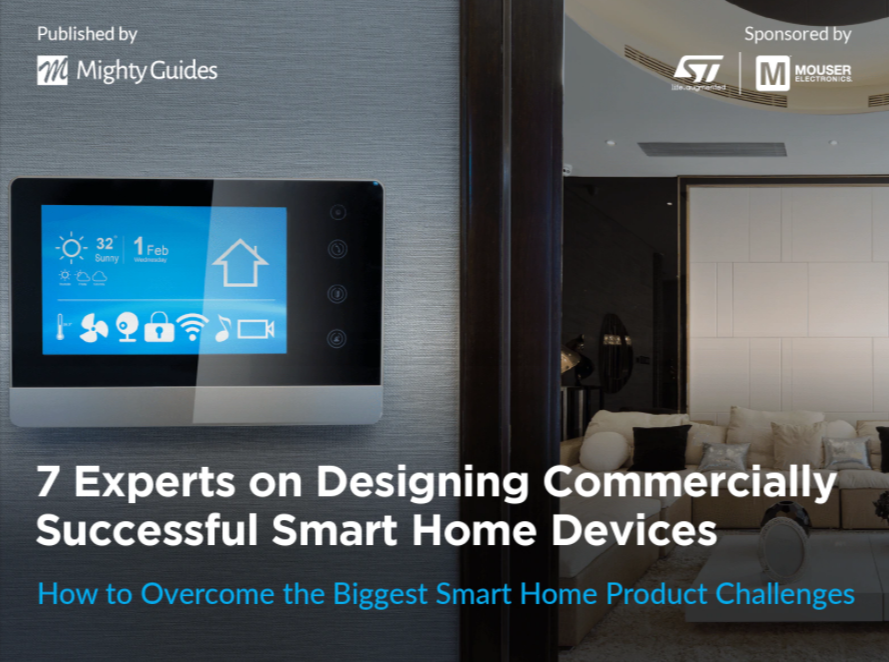
Titilope Sule, Senior Product Manager – Controls & Technology, Ingersoll Rand
- When designing a system for a building
infrastructure with a thirty-year lifespan, think about how you will service that system. The solution you design may need to outlive the components you use to build it. - Balance cost and design features, but include hooks so that you can add hardware in the future. If more sensors are needed, design your product so that you can plug in a module to accept the sensors without having to redesign the product.
“Engineering and development costs are high. You want to design a product that lasts for the expected industry lifetime.”
Many factors contribute to the success of a smart building product, including security, ease of use, communications capabilities, and its value to process automation and insight. A key success factor of any smart building product is how long it remains commercially viable.
“In our rapidly changing technology space, gone are the days where you design a product, ship it to the customer, and not worry about software or hardware upgrades until the next product release,” says Titilope Sule, senior product manager of Controls and Technology at Ingersoll Rand. “Engineering and development costs are high. You want to design a product that serves the customer for an acceptable industry lifetime.” Also, customers expect a level of product support over that product’s serviceable life. The ability to deliver that has a big influence on product design.
Designers must consider several factors when planning the life cycle of their product:
- General serviceability. When designing a system for a building infrastructure with a thirty-year lifespan, you have to think about how you will service that system. The solution you design may need to outlive the components you use to build it. “You have to take into consideration the life of the equipment and the life of the building in your design decisions,” Sule explains. “How are you going to support the customer for another ten years to fifteen years after product launch? How easy is it to service this equipment over the life of the setup? That answer weighs heavily on design decisions.”



